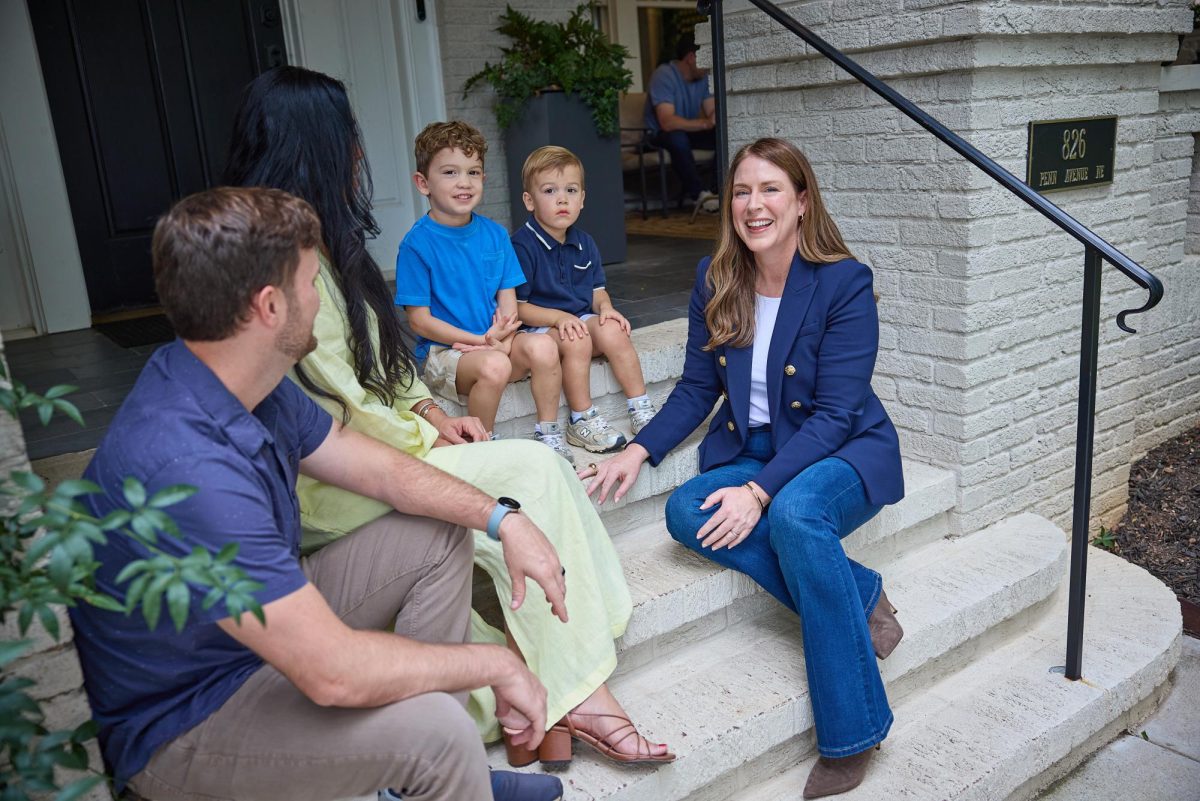One of the most common educational myths I hear is that inner-city public schools are irreparably awful schools, and that parents should avoid subjecting their children to them at all costs. Let me assure you based on personal experience that this is simply not true. I have spent 11 years in Atlanta Public Schools, and, despite the reputation that the school system gets, it has been a fantastic experience.
From Mary Lin Elementary School all the way to Grady High School, I have had great teachers, and have always felt academically challenged, despite the supposedly less rigorous public school curriculum. I have also had the opportunity to involve myself with Grady’s many outstanding extra-curricular organizations, like our back-to-back-to-back-to-back state champion mock trial team and our back-to-back-to-back state champion debate team. And, just as important, I have become friends with and worked with a diverse, representative slice of my community, not just the wealthy kids. But if you don’t want to go by my experience, just look at the facts.
If you look at average standardized test scores for inner-city Atlanta public schools versus scores for private schools, you would see that the scores for private schools are usually significantly higher than the scores for schools inside the perimeter. However, if you adjust those scores based on certain characteristics, you see a completely different picture.
Don’t believe me? Just look to a 2006 report from the U.S. Department of Education that compared student achievement in public and private schools in terms of performance on standardized math and reading tests. The report found that, when you adjust for student characteristics such as highest level of parental education and gender, the difference in mean scores for 4th grade reading and 8th grade mathematics were just about zero. For 8th grade reading scores, private schools had a slight edge, but for 4th grade mathematics, public schools’ scores were higher.
A study by the Center on Education Policy, also suggests that students at private schools don’t perform any better than students at public schools when you control for socioeconomic status. Furthermore, according to Felix Salmon, the finance blogger at Reuters, middle-class children perform well even at underperforming schools, and they interact with a more diverse social group. And according to a paper by economists Atila Abdulkadiroglu, Joshua Angrist, and Parag Pathak, highly selective private schools outperform other schools because of their selectivity, not their level of teaching.
Many parents spend tens of thousands of dollars a year to get their children into private schools, so that they have a better chance of getting into elite colleges. However, colleges look for a rigorous curriculum, which you can get just as easily at a public school as at a private school. Grady normally offers 20 AP courses, which is more than all of the 6 biggest private schools in Atlanta, in terms of Atlanta enrollment, except for Pace Academy, which offers 21, and Westminster, which offers 20.
However, all of this isn’t to say that intown public schools are a huge success. As I’ve emphasized, the scores for suburban schools and inner-city schools only even up after you adjust for factors like race and socioeconomic level. This means that the test scores of minority students and economically disadvantaged students are trailing far behind those of their white, wealthy peers. This is a huge problem not just in Atlanta’s school system, but the entire nation’s.
But, the answer isn’t private schools. Georgia’s tax payer-subsidized scholarships for disadvantaged students to move from struggling public schools to private schools aren’t working. They are easy to exploit by wealthy children, and the exodus from struggling public schools would just make them worse, since they would receive less funding. A recent report by the Southern Education Foundation described the scholarships as “a devastating failure of policy and practice.”
Instead, we need to put that money back into public schools. We need to hire more teachers to lower the student to teacher ratio. As retired Grady teacher Scott Stephens wrote in a submission to the Atlanta Journal Constitution, we need to give teachers who work in low-performing schools incentive pay and reduced class sizes. Higher pay will also attract better quality teachers. As Steve Suitts, the vice president of the Southern Education Foundation, said in an interview with the New York Times, “We have a history of providing the least educational resources to the students who need the most.”
We can turn our public school system around, but not by giving up on public schools and trying to move everyone to private schools. We need to provide everyone with the tools they need to succeed, not just the wealthy students.






